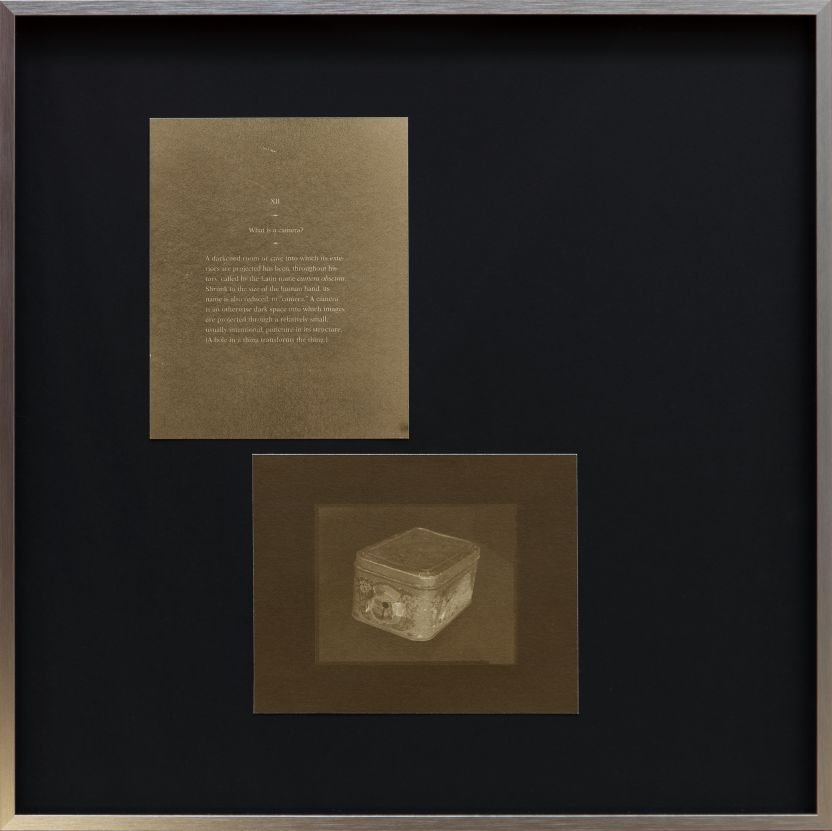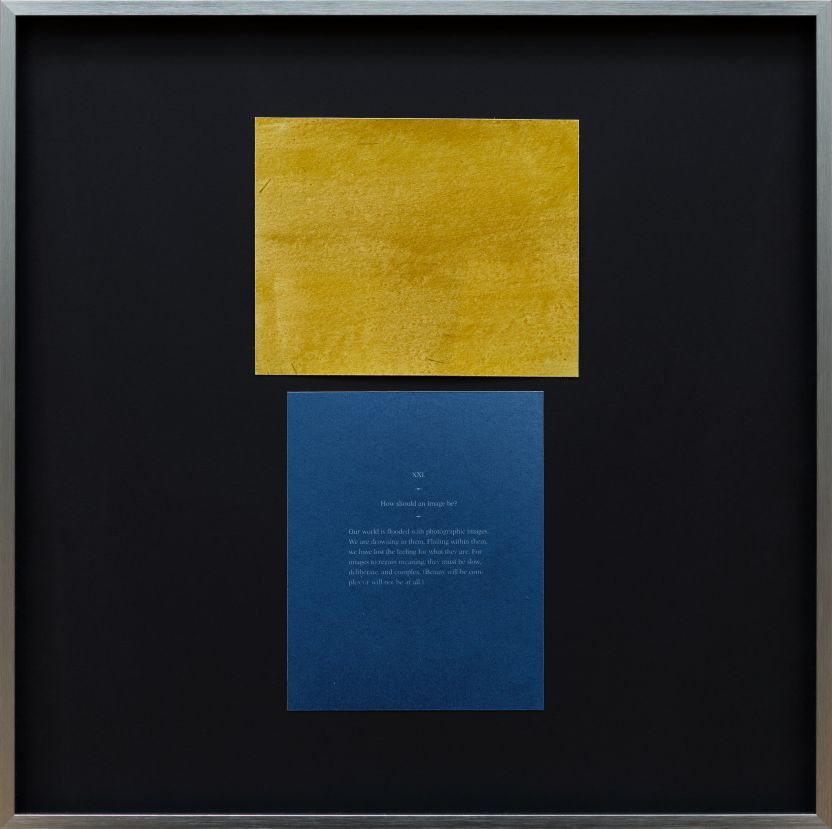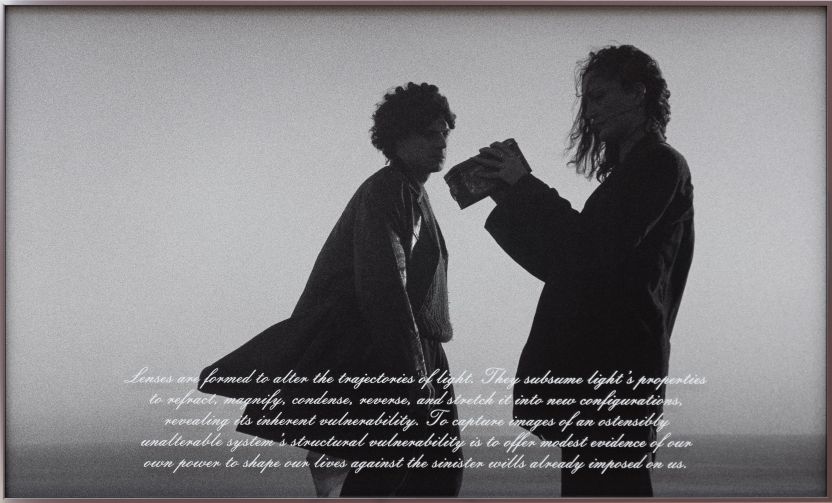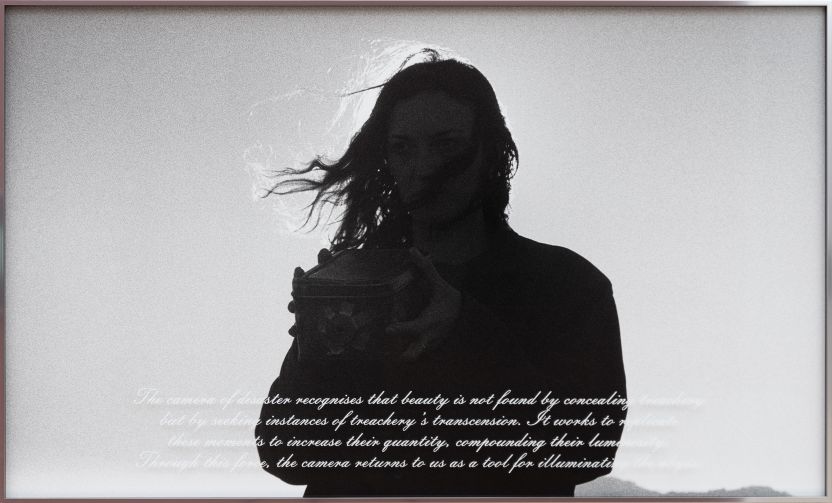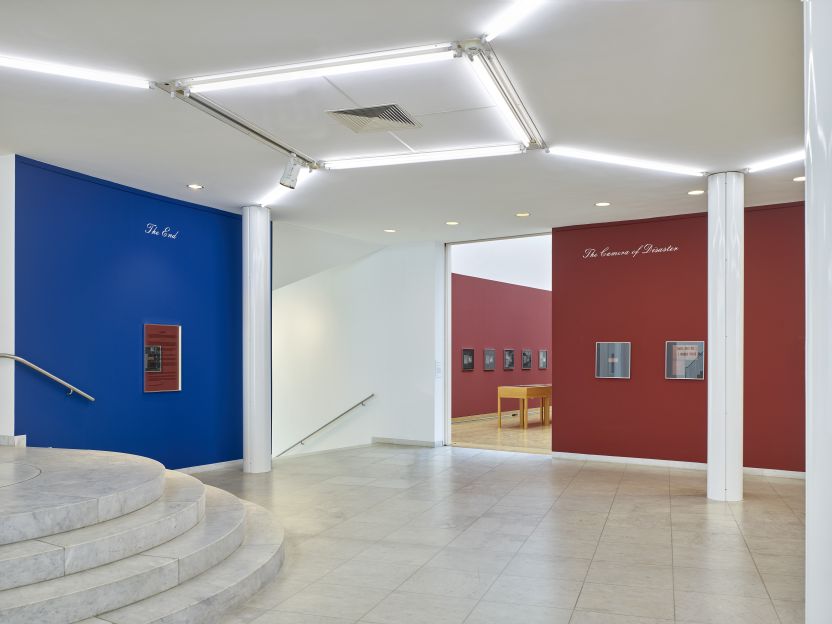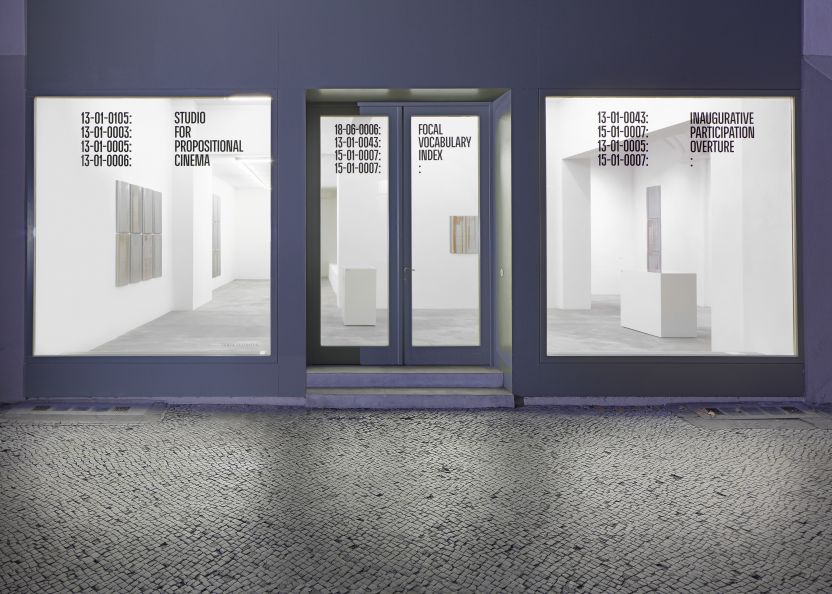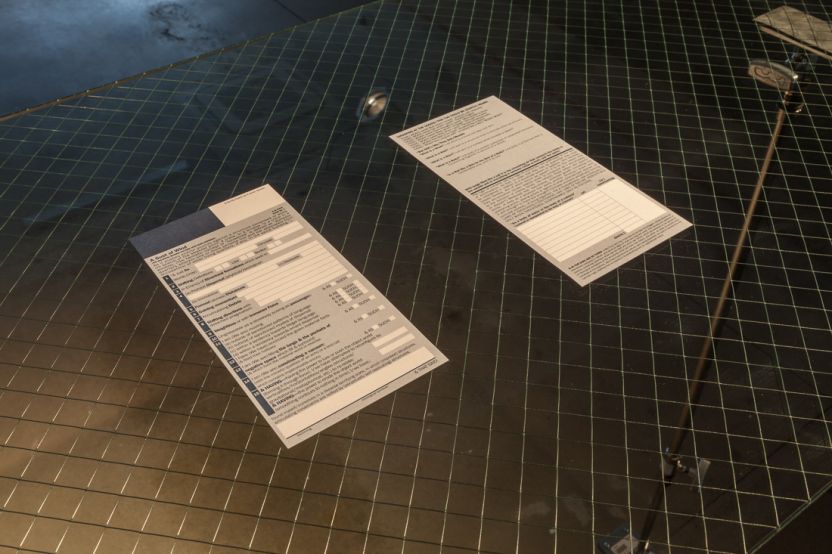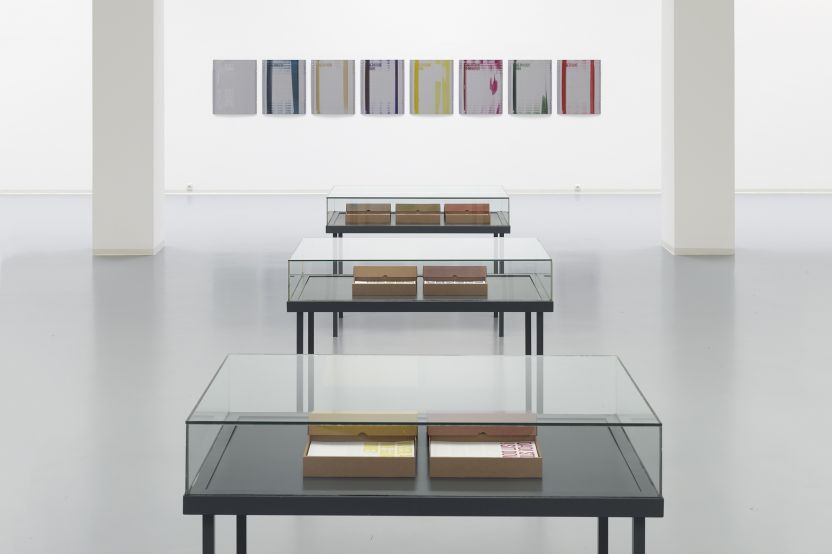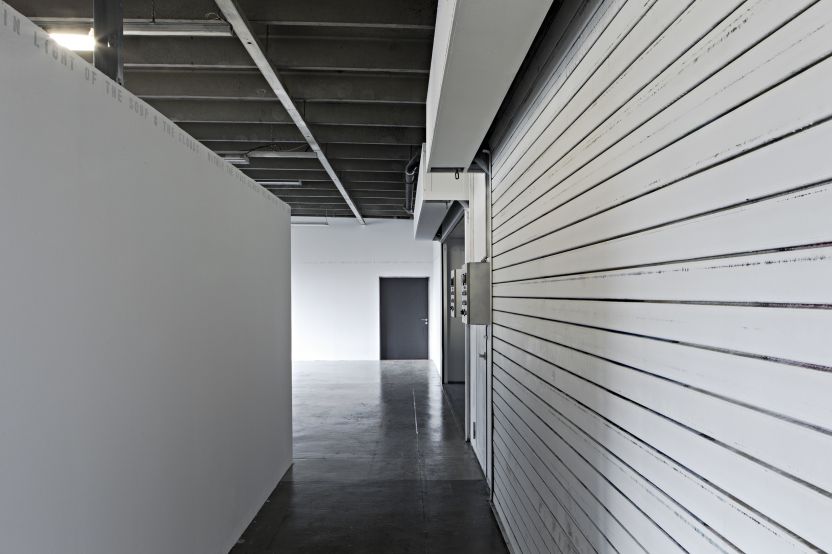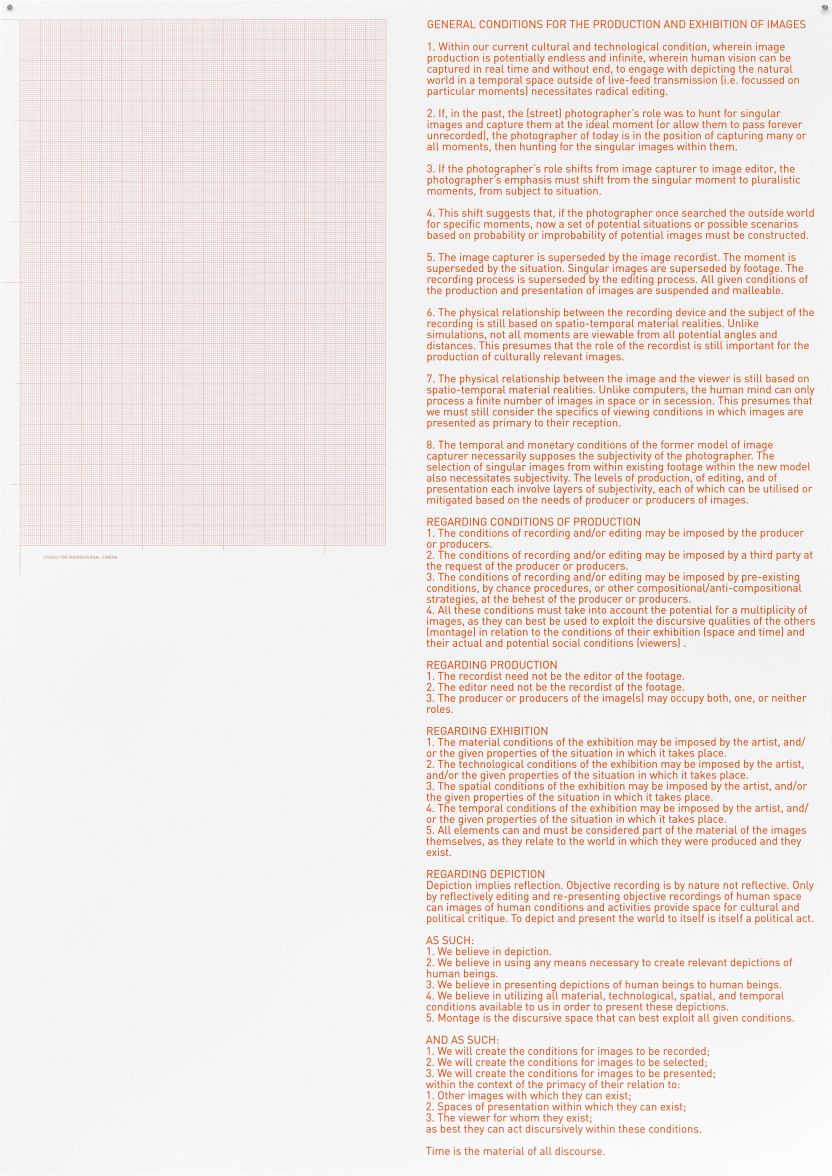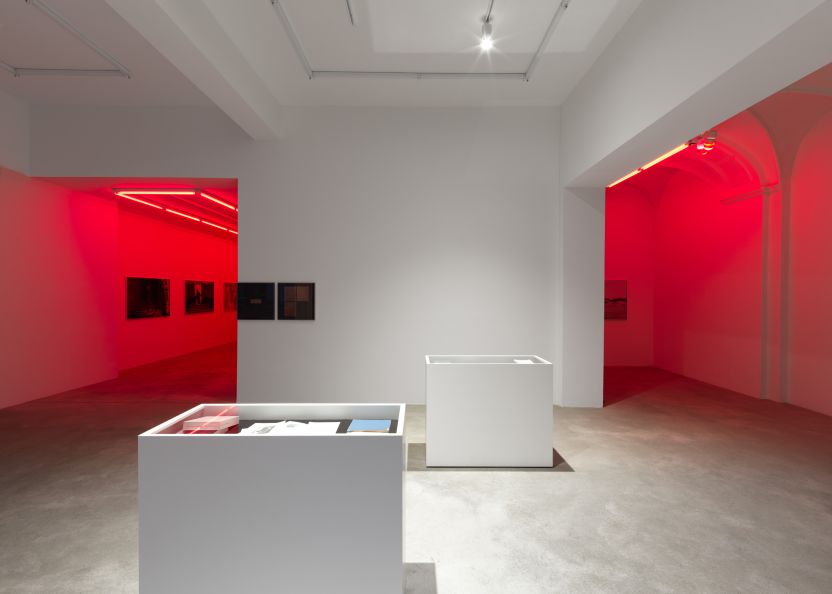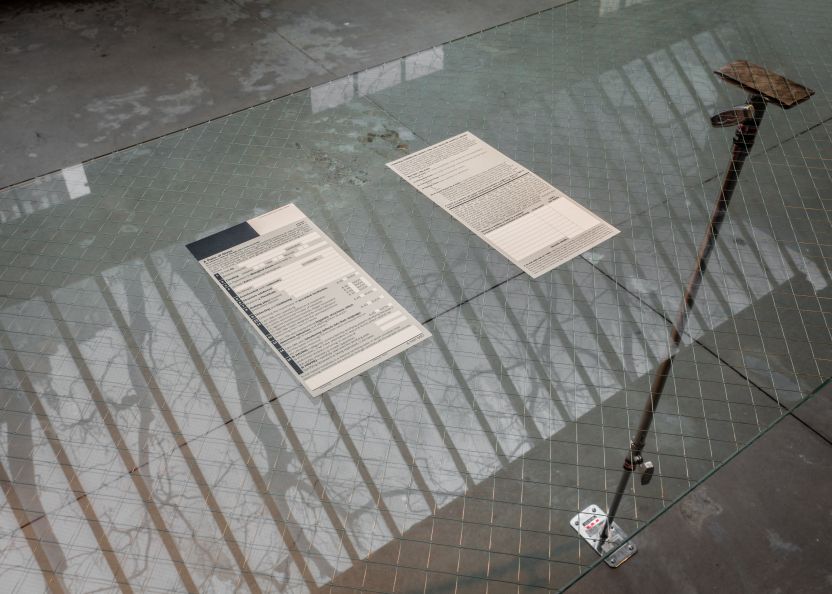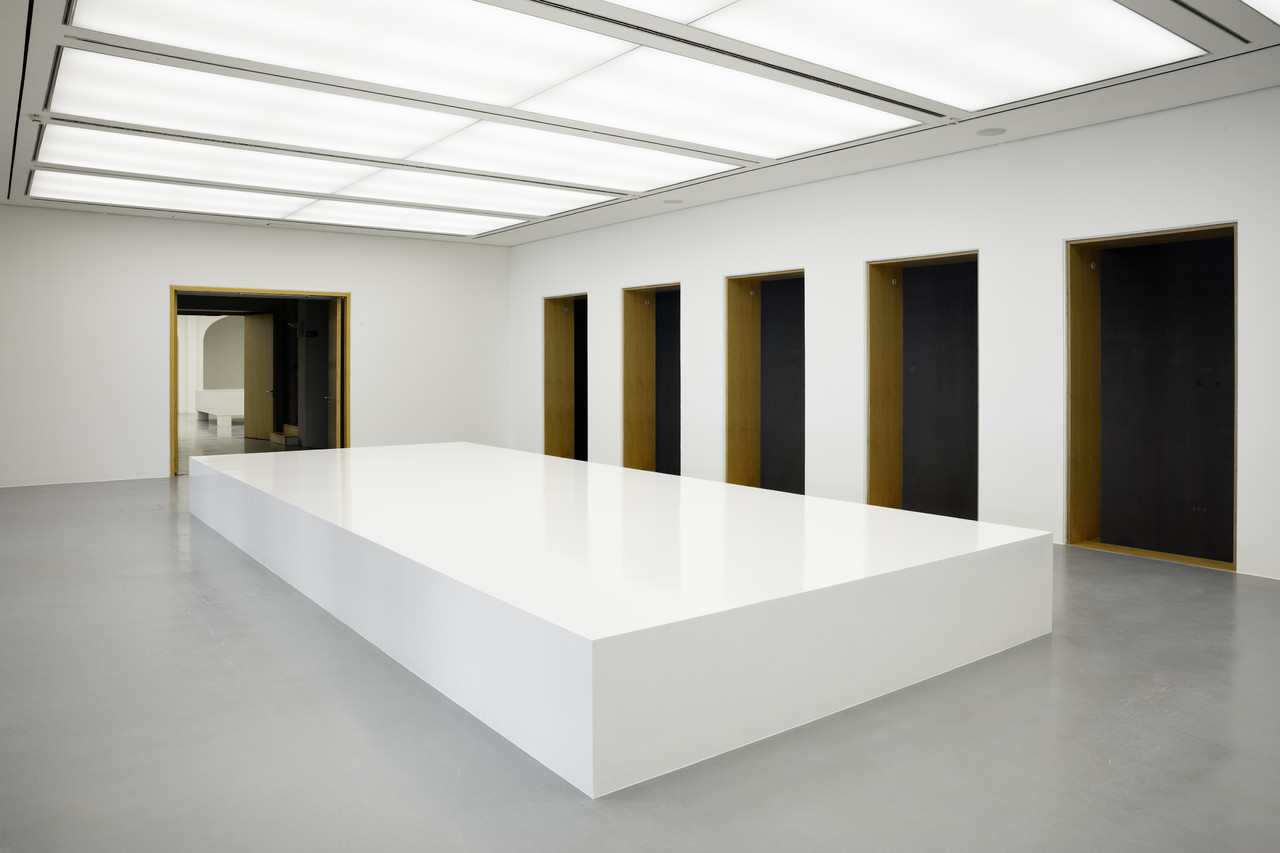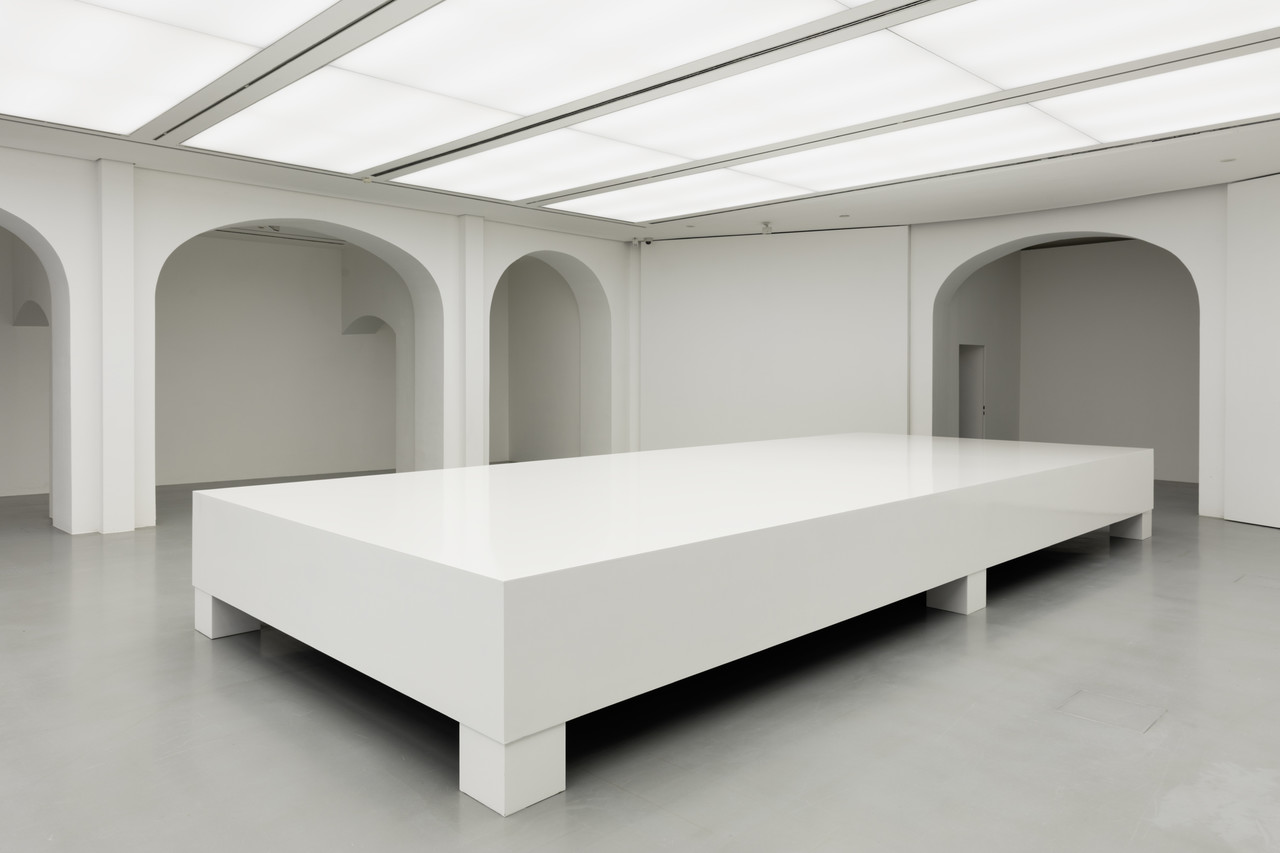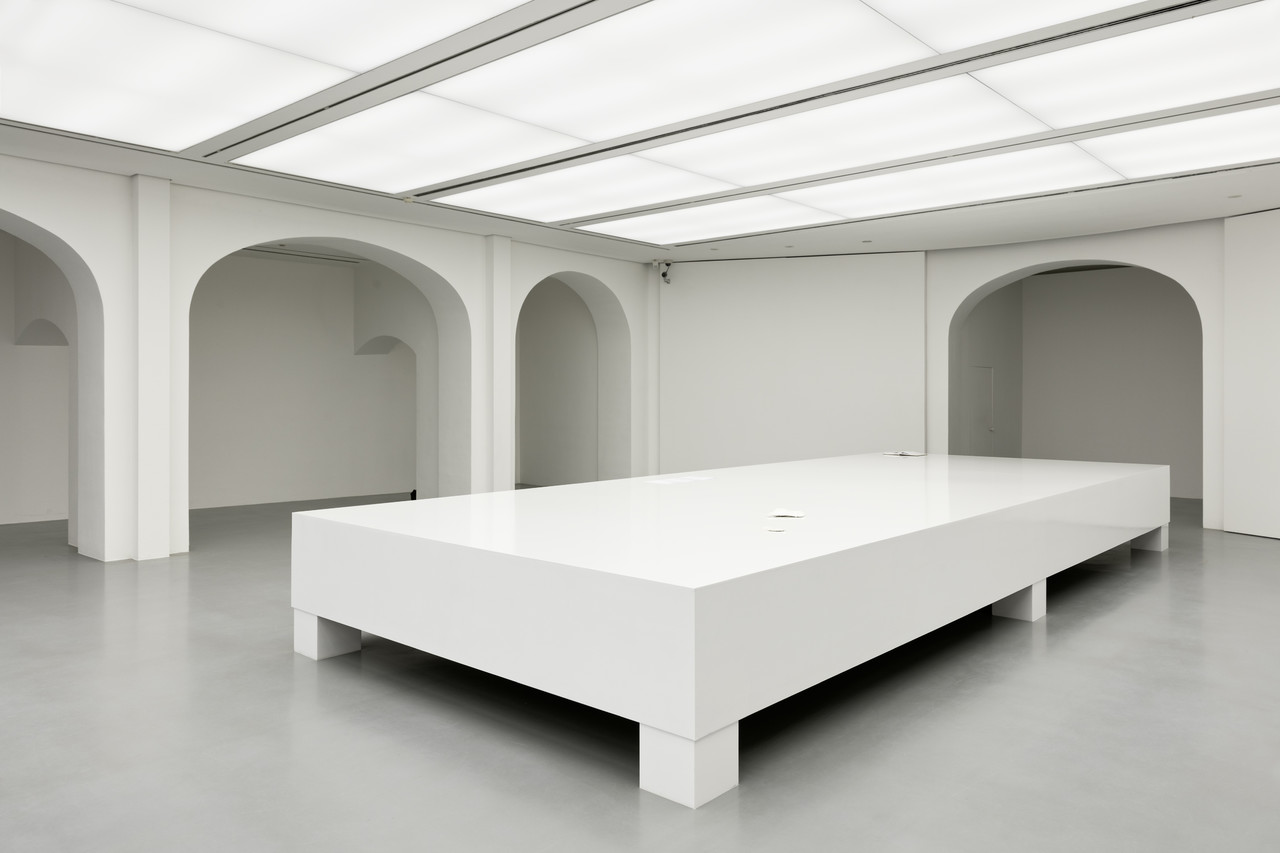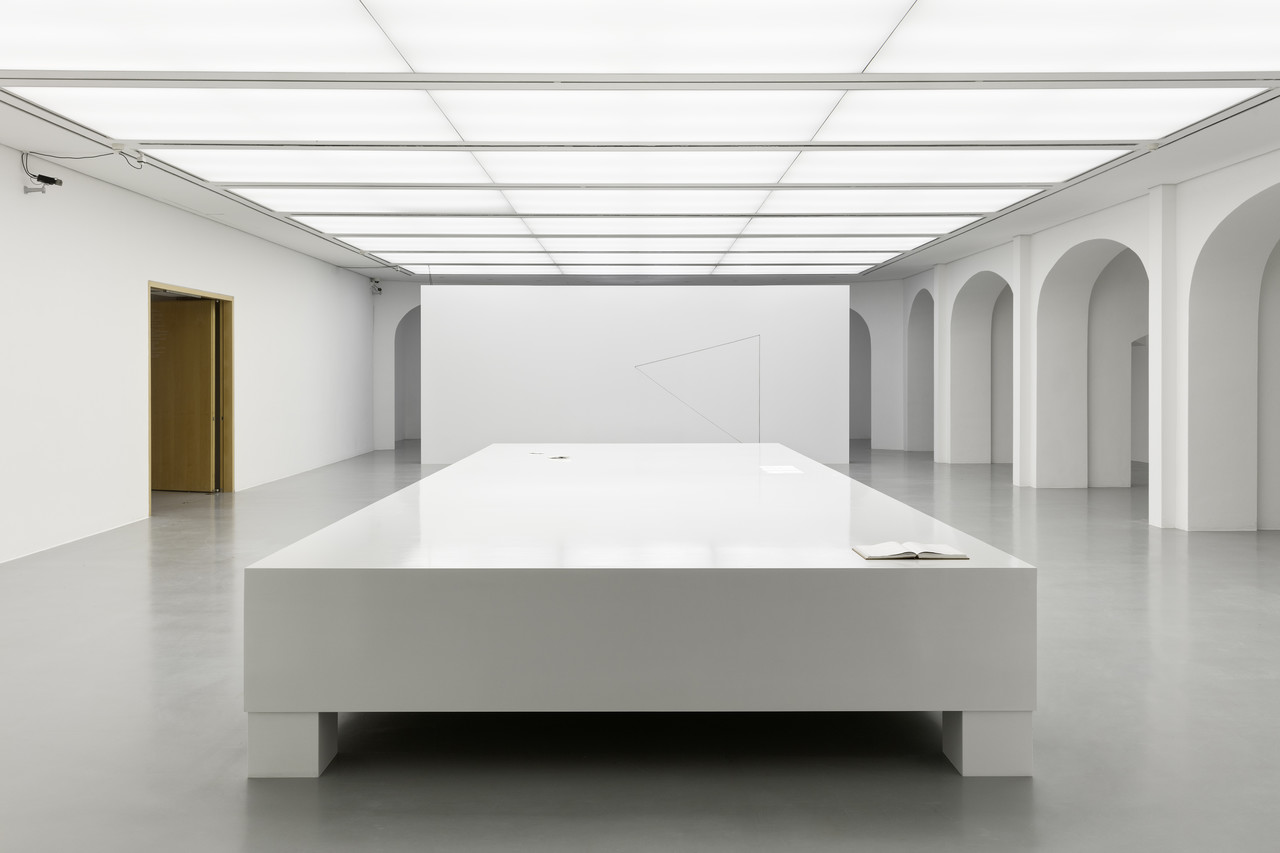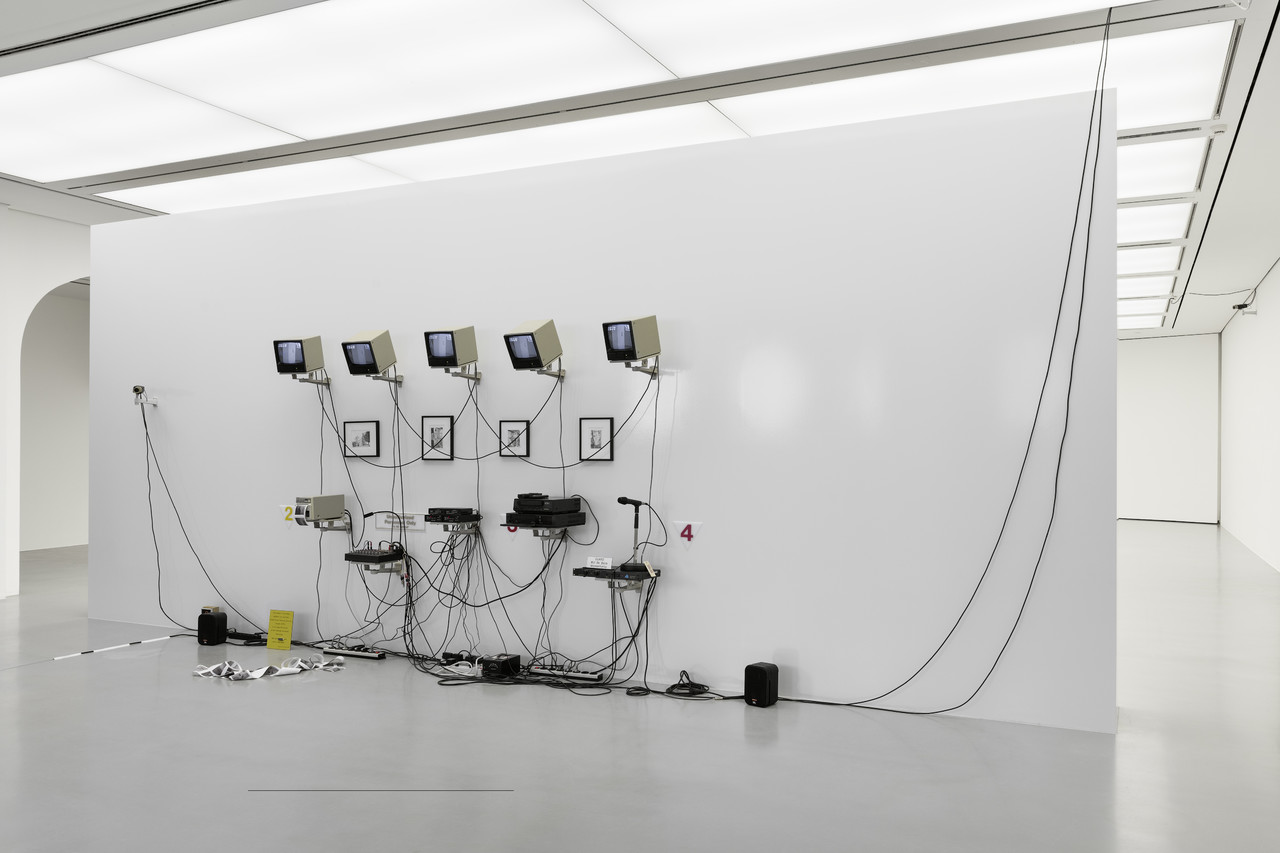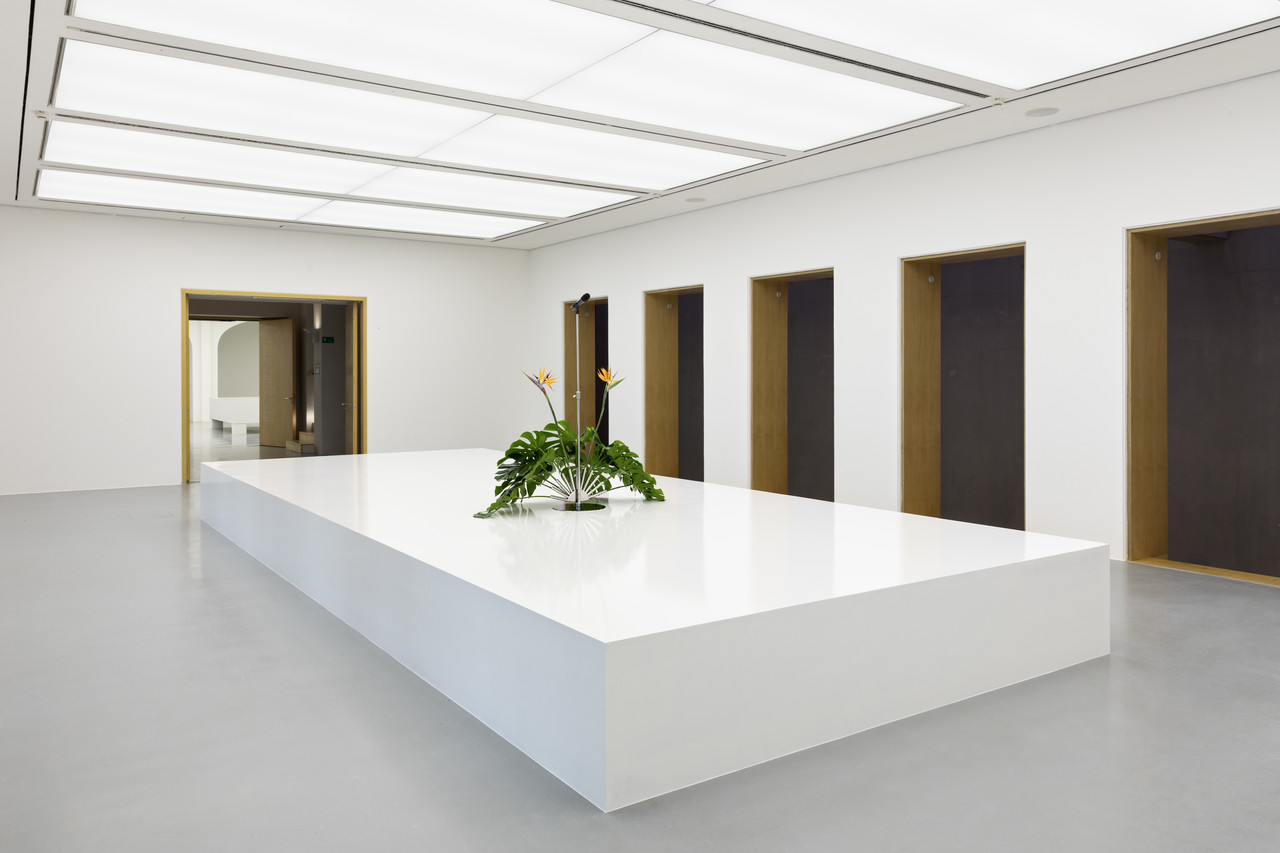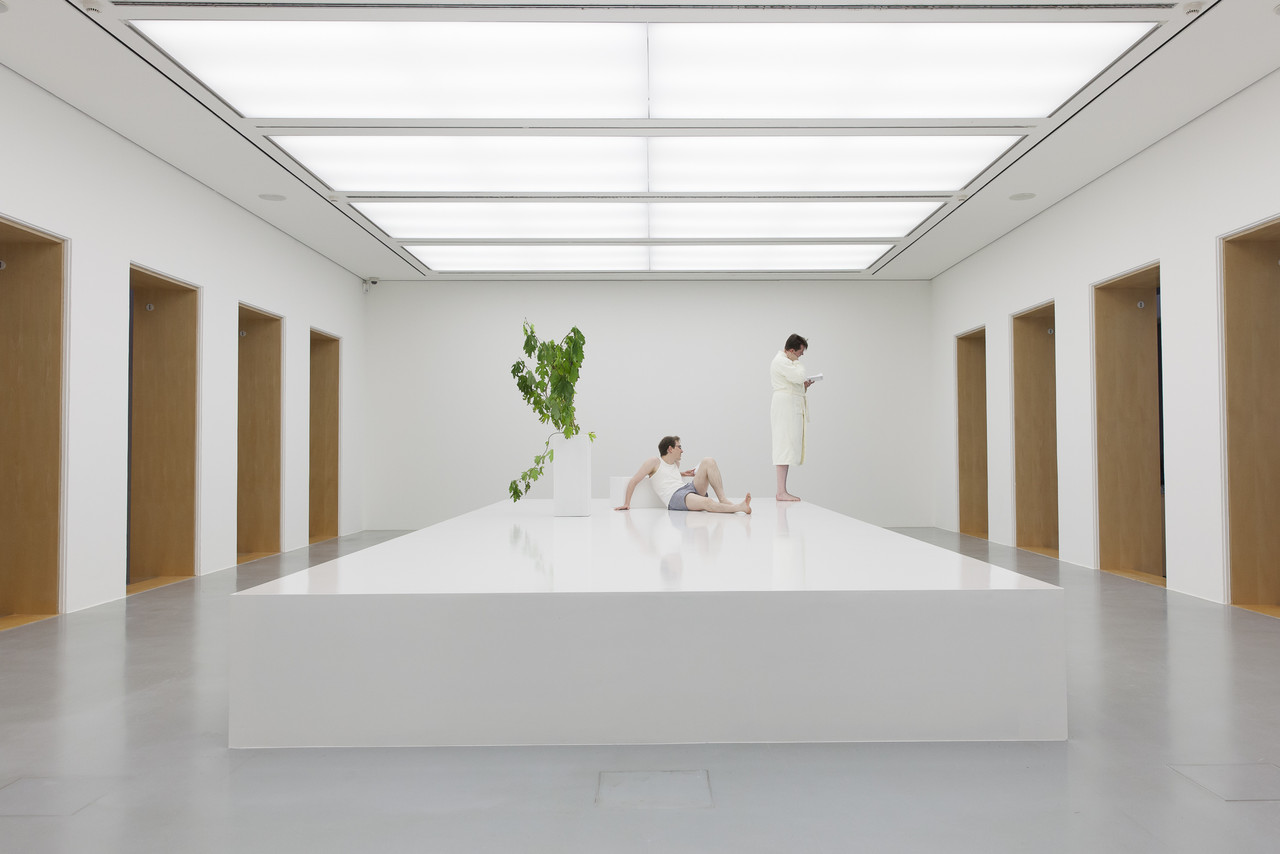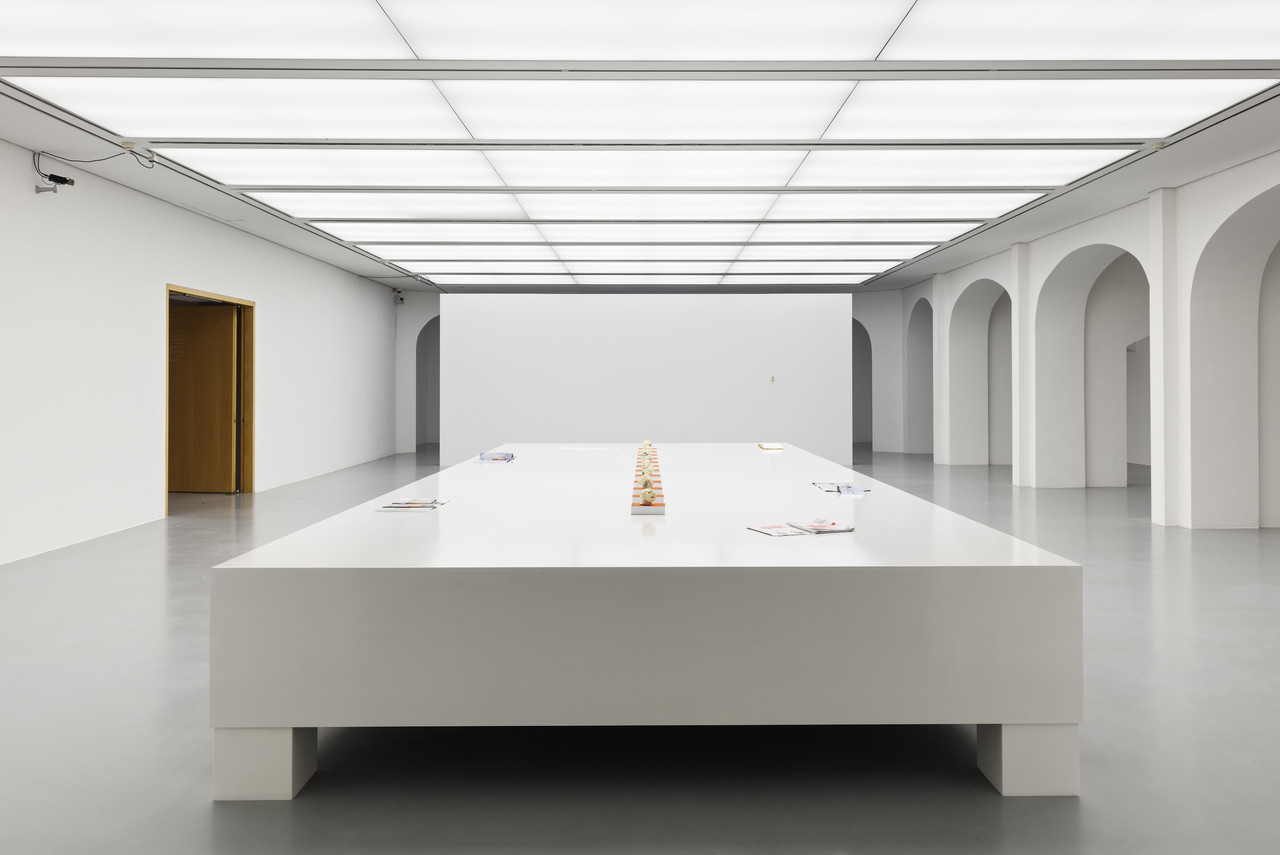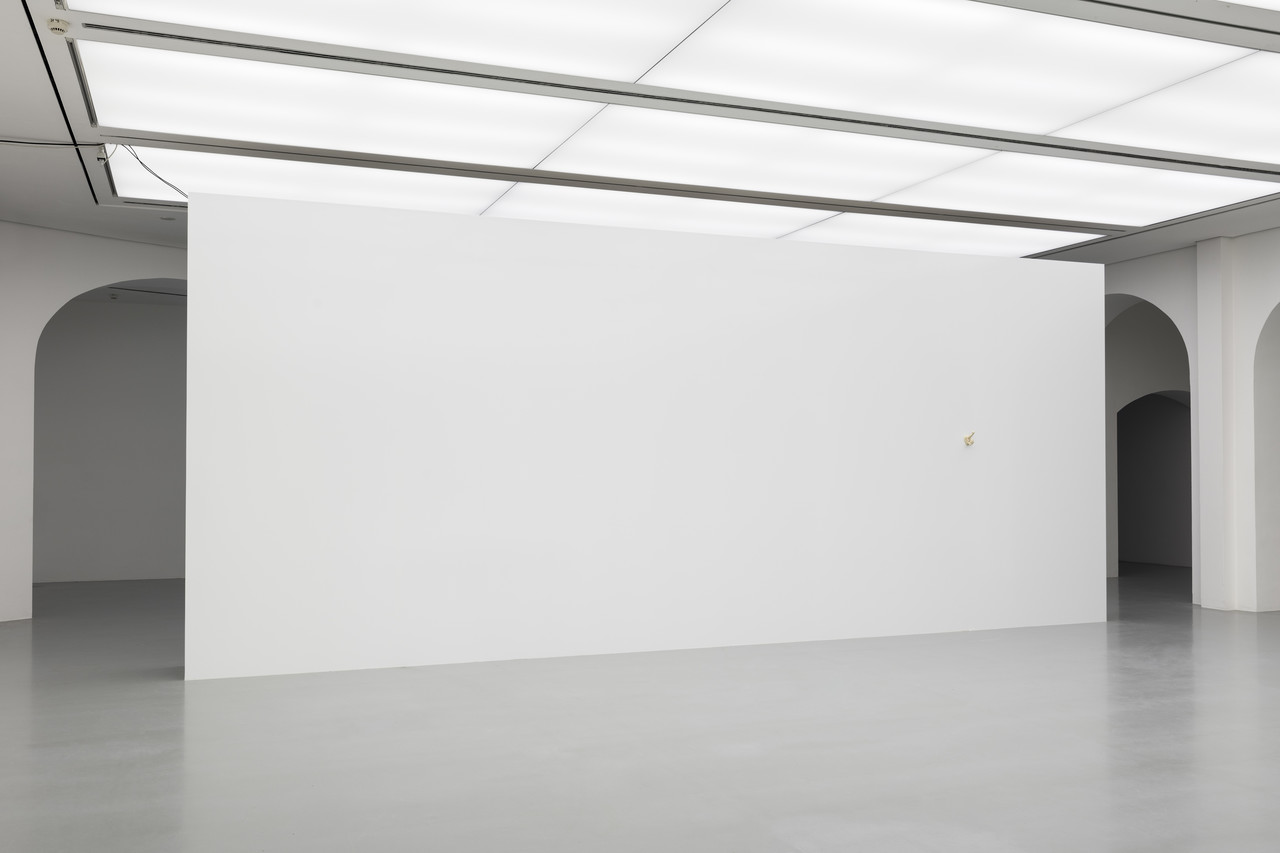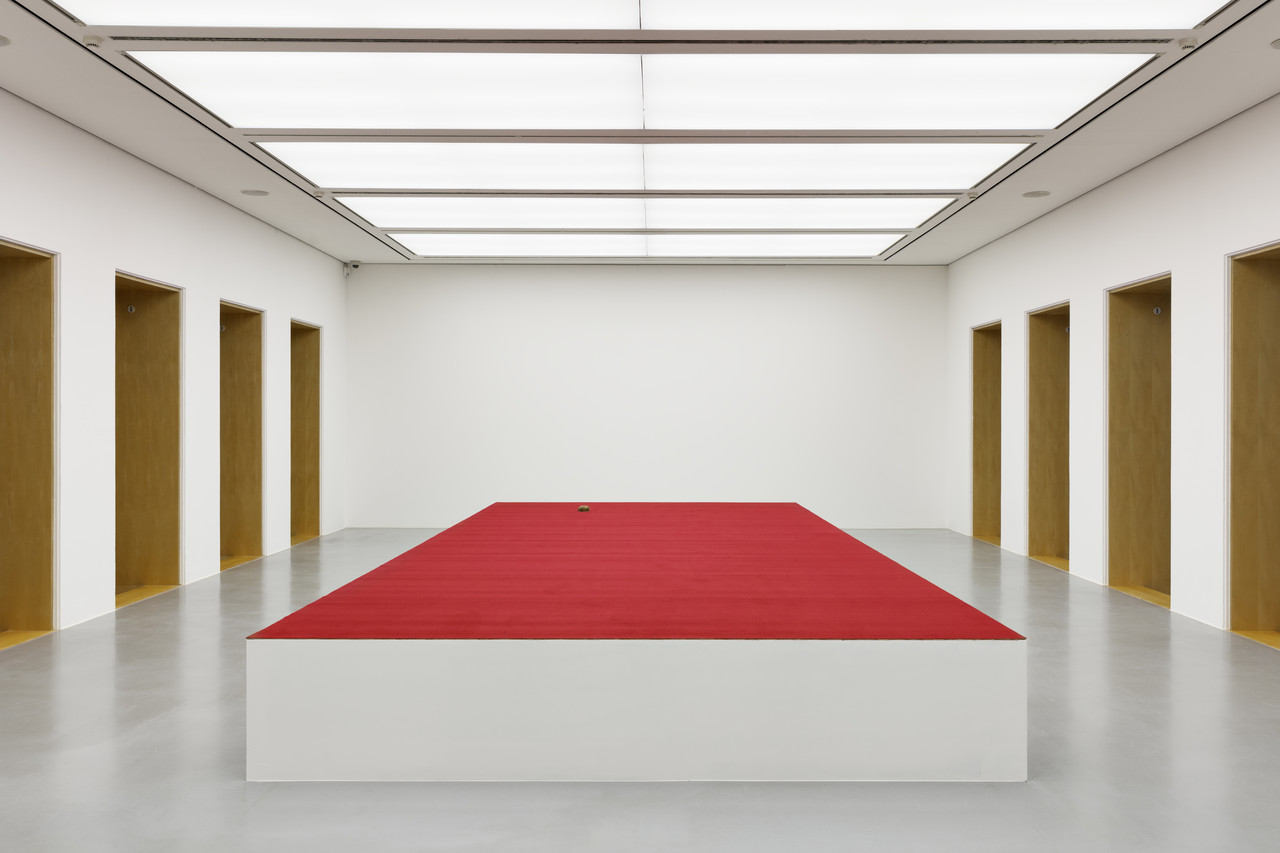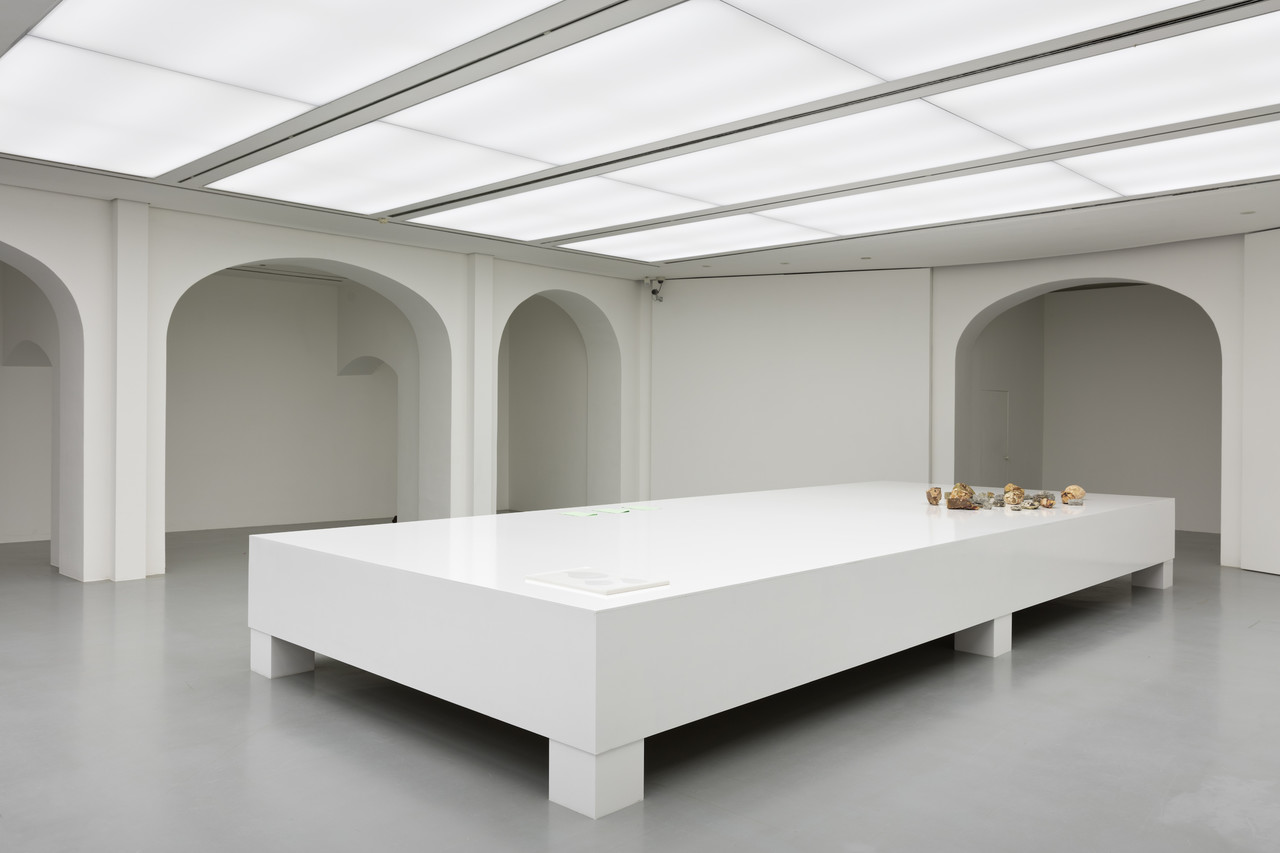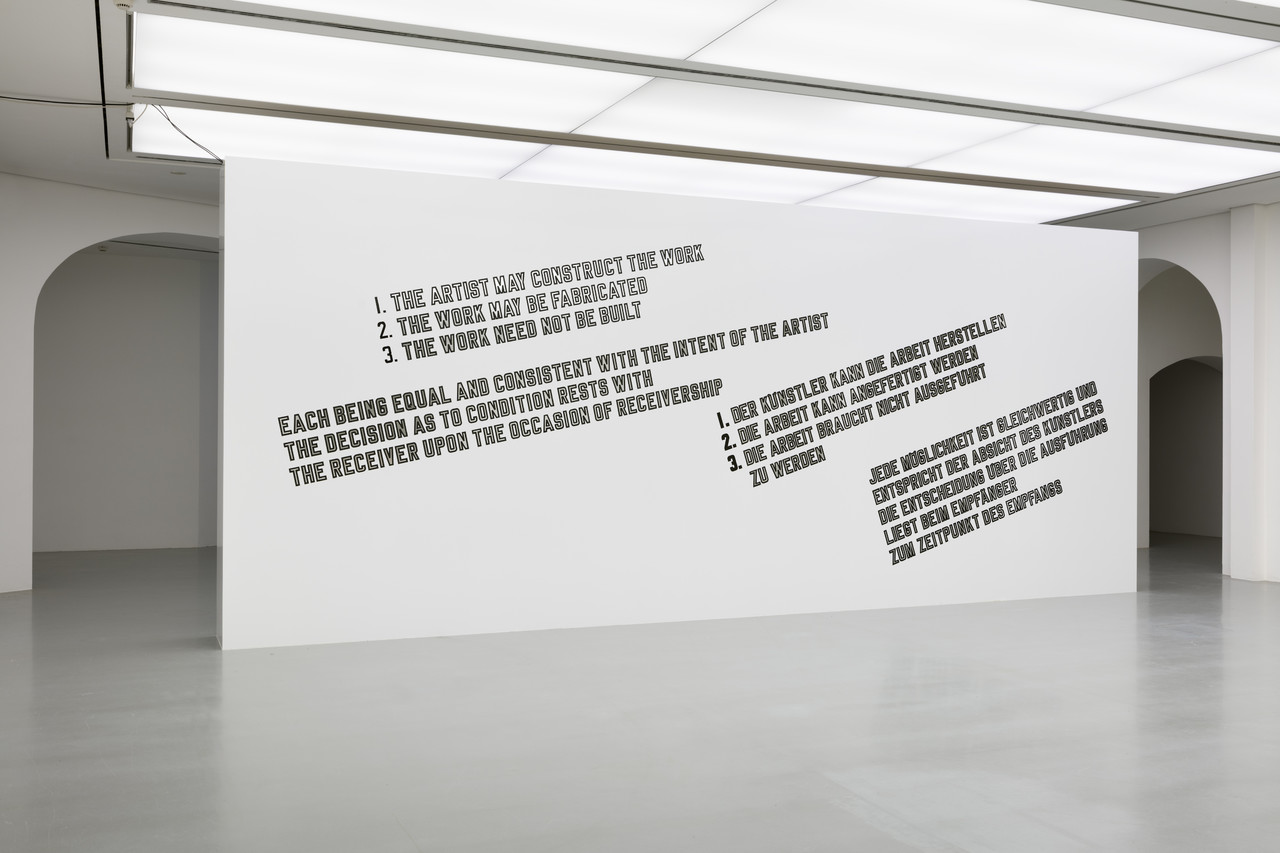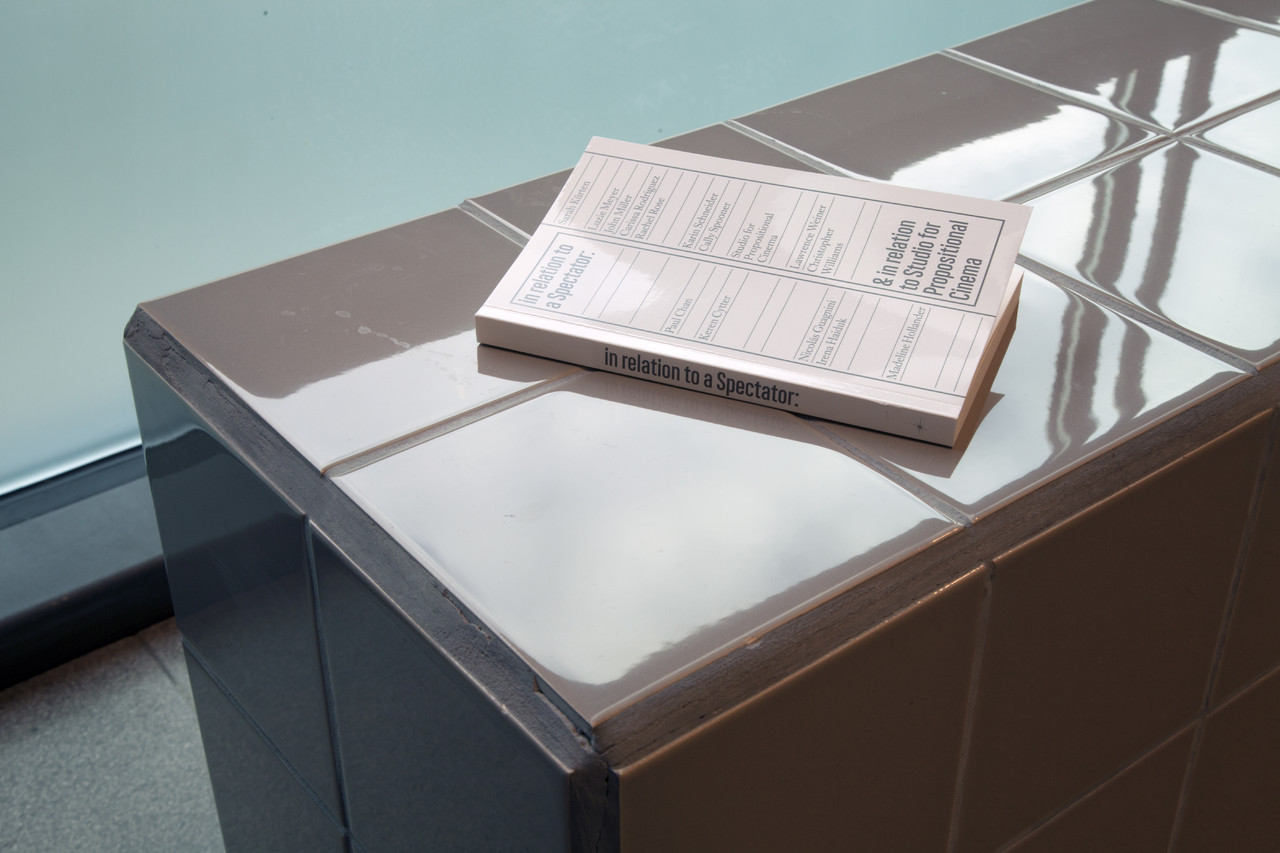-
Our Introduction:
in relation to a Spectator: is an exhibition which will take place at Kestner Gesellschaft between 29 September, 2017 and 7 January, 2018. It was conceived by Studio for Propositional Cinema (founded in Düsseldorf on 2013), based on an essay they wrote as a part of their contribution to Produktion. Made in Germany Drei. For in relation to a Spectator: Studio for Propositional Cinema have invited 31 other artists and artist groups, many of whom have collaborated with and/or exhibited with Studio for Propositional Cinema in the past, such as Keren Cytter, Henning Fehr & Philipp Rühr, Gaylen Gerber, Sarah Kürten, and John Miller, as well as artists who have recently exhibited or will soon exhibit at the Kestner Gesellschaft, such as Monika Baer, Rita McBride, Jeff Wall, and Christopher Williams, outlining the social and institutional contexts of the exhibition.
-
Our Structure:
in relation to a Spectator: is presented within an installation which highlights the primary forms of exhibition display. This includes three large, identically sized sculptural display structures, each 335 x 804 x 60 cm, whose function is altered by its orientation in the space: set on the ground parallel to the floor it is a stage; raised from the ground parallel to the floor it is a table; set on the ground perpendicularly to the floor it is a wall. As a stage it becomes a site for the presentation of performances, staging elements, and discursive activity. As a table it becomes a site for the presentation of objects and documents. As a wall it becomes a site for the presentation of objects, images and language. Additionally, a book will be published: a site for essays, poems, documents, and scripts. Each of these sites (the stage, the wall, the table, and the book) are rendered in ultra-gloss white, heightening the awareness of themselves as objects ready for engagement. in relation to a Spectator: will also present works which point to the contextual conditions of the exhibition itself: a »trailer« by Alex Wissel / Jan Bonny, a security system by Julia Scher, an »exhibition guide« by Ian Cheng, offerings by Monika Baer, a surrogate figure by Henning Fehr and Philipp Rühr, a sound piece by Carissa Rodriguez, and small sculpture by Jeff Wall, hiding and haunting the space.
-
Our Movements:
in relation to a Spectator: will change and unfold over the duration of the exhibition. Works will come and go, performances will begin and end, pages will turn, the light changes with the seasons. These elements move based on a script, and return visits to the exhibition will be rewarded. Over the course of the duration of the exhibition:
a) the wall will include a framing device by Rachel Harrison, a bench by Calla Henkel & Max Pitegoff, a wall text by Lawrence Weiner, and a monochrome by Karin Schneider;
b) the stage will include a re-enactment by Selina Grüter & Michèle Graf, a voice base by Irena Haiduk, an encounter with Sándor Krasna, a bench by Calla Henkel & Max Pitegoff, a 14 hour reading by Paul Chan, a red carpet by John Miller, a performance by Luzie Meyer, a collaborative structure by Rita McBride, and a monochrome by Karin Schneider;
c) the table will include instructions by Anna-Sophie Berger, a maquette by Marc Camille Chaimowicz, a notebook by Keren Cytter, painted prop scalps by Gaylen Gerber, a centerpiece by Nicolás Guagnini, court transcripts by Aaron Flint Jamison, a unique book-work by Sarah Kürten, rocks by Aura Rosenberg, and a monochrome by Karin Schneider;
d) the book, published by Keren Cytter’s imprint A.P.E. Art Projects Era, will include essays by John Miller, Studio for Propositional Cinema, Irena Haiduk, Paul Chan, Jason Lord & Carissa Rodriguez und Rachel Rose, a script by Cally Spooner, a correspondence with Jeff Wall, a text by Sarah Kürten, a diagram by Nicolás Guagnini, a poem by Luzie Meyer, statement by Lawrence Weiner, illustrations by Madeline Hollander, and a monochrome by Karin Schneider.
-
Our Selves:
Studio for Propositional Cinema (inaugurated in 2013 in Düsseldorf) works primarily with the language of exhibition production, often addressing the viewer through the architecture, context, and discursive formats of their host institutions, frequently working with or inviting other artists, in the tradition of affinity groups or DIY music scenes. Much like a band whose members expand and contract depending on the needs and natures of each project, their membership is ambiguous and porous, and their biographical identity is less important to them than the results of this time and production. in relation to a Spectator: represents the largest and most ambitious example of these impulses to date.
-
Our Traces:
Studio for Propositional Cinema has recently presented:
a) monographic exhibitions and exhibition projects at Swiss Institute, New York, Kunstverein für die Rheinlande und Westfalen, Düssledorf, Bonner Kunstverein, Bonn, and Kunsthaus Bregenz;
b) perfomances and events at Kunstsammlung NRW, Düsseldorf, Index, Stockholm, Kunsthal Bergen, Norway, and Kölnischer Kunstverein, Köln;
c) group exhibitions at Kestner Gesellschaft, Hannover, mumok, Vienna, Museum Abteiberg, Mönchengladbach, Istituto Svizzero di Roma, Rome, Museum Morsbroich, Leverkusen.
In 2018 they will present solo exhibitions at Kunsthalle St. Gallen, Switzerland and Fondazione Morra Grecco, Naples.
-
Our Publication:
in relation to a Spectator: a book will be published by Kestner Gesellschaft, A.P.E. Art Projects Era and Sternberg Press, distributed by Sternberg Press. The publication is designed with Ronnie Füglister and includes contributions by
-
Our Supporters:
in relation to a Spectator: is supported by the Embassy of Canada; Berlin and the friends of the Kestner Gesellschaft.
-
Our Events:
in relation to a Spectator: will include the following events and performances:
a) Selina Grüter and Michèle Graf will re-enact a 1977 video work by John Miller during the opening reception on Thursday, 28 September, at 7pm;
b) Irena Haiduk with address the bad feeling in the studio with Hungarian camera operator Sándor Krasna on Thursday, 12 October, at 7pm;
c) Paul Chan’s book Phaedrus Pron will be performed over 14 hours by two actors beginning Friday, 3 November, at 11am;
d) Luzie Meyer will present a new performance developed in relation to the exhibition on Thursday, 7 December, at 7pm.
-
Our Relations:
in relation to a Spectator: will include works the following artists: Monika Baer (b. 1964, Freiburg im Breisgau, lives in Berlin), Anna-Sophie Berger (b. 1989, Vienna, lives in Vienna and New York), Marc Camille Chaimowicz (b. post-war, Paris, lives in London and Burgundy), Paul Chan (b. 1973, Hong Kong, lives in New York), Ian Cheng (b. 1984, Los Angeles, lives in New York), Keren Cytter (b. 1977, Tel Aviv, lives in New York), Henning Fehr and Philipp Rühr, Gaylen Gerber (b. 1955, McAllen, Texas, lives in Chicago), Selina Grüter & Michèle Graf (b. 1991, Zürich / b. 1987, Zürich, live in Berlin and Zürich), Nicolás Guagnini (b. 1966, Buenos Aires, lives in New York), Irena Haiduk (b. 1982, Belgrade, lives in Belgrade), Rachel Harrison (b. 1966, New York, lives in New York), Calla Henkel & Max Pitegoff (b. 1988, Minneapolis, MN / b. 1987 in Buffalo, NY, live in Berlin), Madeline Hollander (b. 1986, Los Angeles, lives in New York), Aaron Flint Jamison (b. 1979, Billings, Montana, lives in Portland, OR), Sándor Krasna (b. 1932, Kolozsvar, Hungary), Sarah Kürten (b. 1983, Köln, lives in Düsseldorf), Rita McBride (b. 1960, Des Moines, Iowa, lives in Düsseldorf and New York), Luzie Meyer (b. 1990, Tübingen, lives in Berlin), John Miller (b. 1954, Cleveland, Ohio, lives in New York and Berlin), Carissa Rodriguez (b. 1970, New York, lives in New York), Rachel Rose (b. 1986, lives in New York), Aura Rosenberg (b. 1949, New York, lives in New York), Julia Scher (b. 1954, Hollywood, lives in Köln), Karin Schneider (b. 1970, Rio de Janeiro, lives in New York), Cally Spooner (b. 1983, Ascot, UK, lives in Athens), Josef Strau (b. 1957, Vienna, lives in Boston), Studio for Propositional Cinema (founded in 2013 in Düsseldorf), Jeff Wall (b. 1946, Vancouver, lives in Vancouver), Lawrence Weiner (b. 1942, Bronx, New York, lives in New York), Christopher Williams (b. 1956, Los Angeles, lives in Köln and Chicago), and Alex Wissel / Jan Bonny (b. 1983, Aschaffenburg, lives in Düsseldorf / b. 1979, Düsseldorf, lives in Köln).
- Our Curators:
in relation to a Spectator: is curated by Christina Végh and Elmas Senol.


